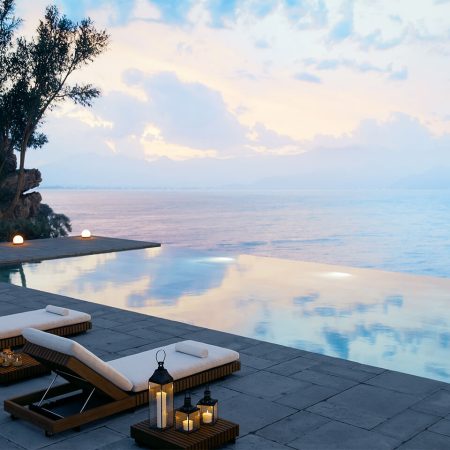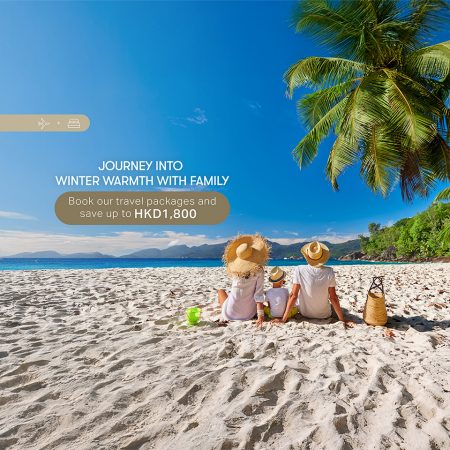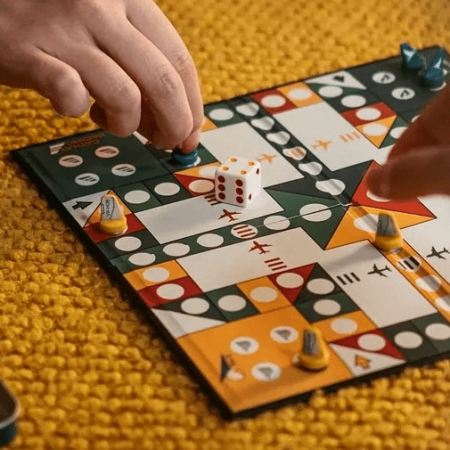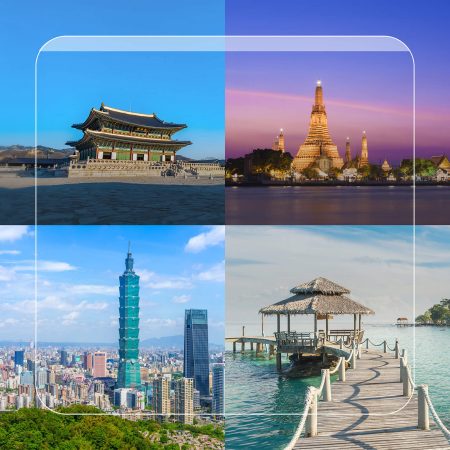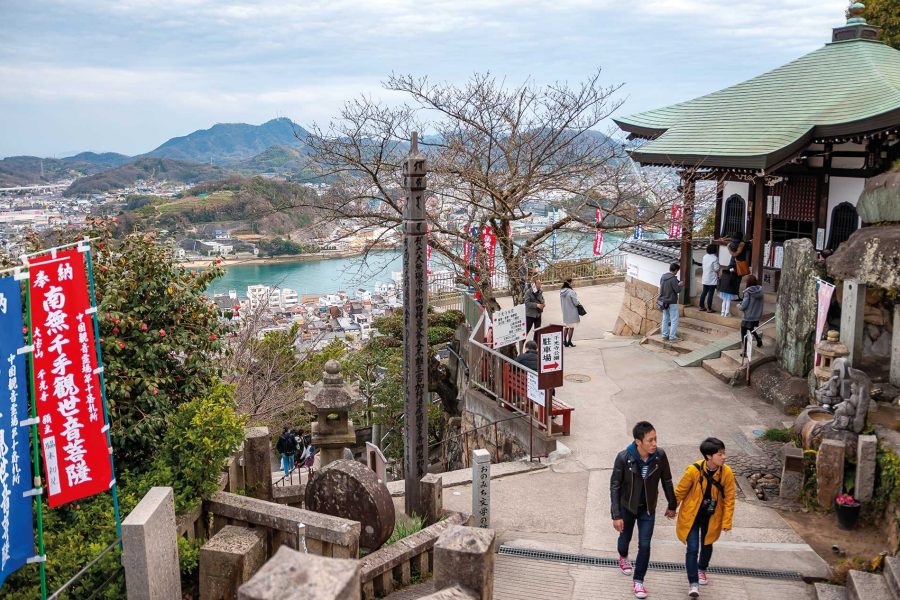Movie sets are often less glamourous in real life than they look onscreen. That’s no different with Asian film locations. Unlike cinema buffs who go on ‘filmgrimages’ to see the locations of their favourite scenes, I only visit film locations if there are other attractions worth checking out. Here are some worth the trip.
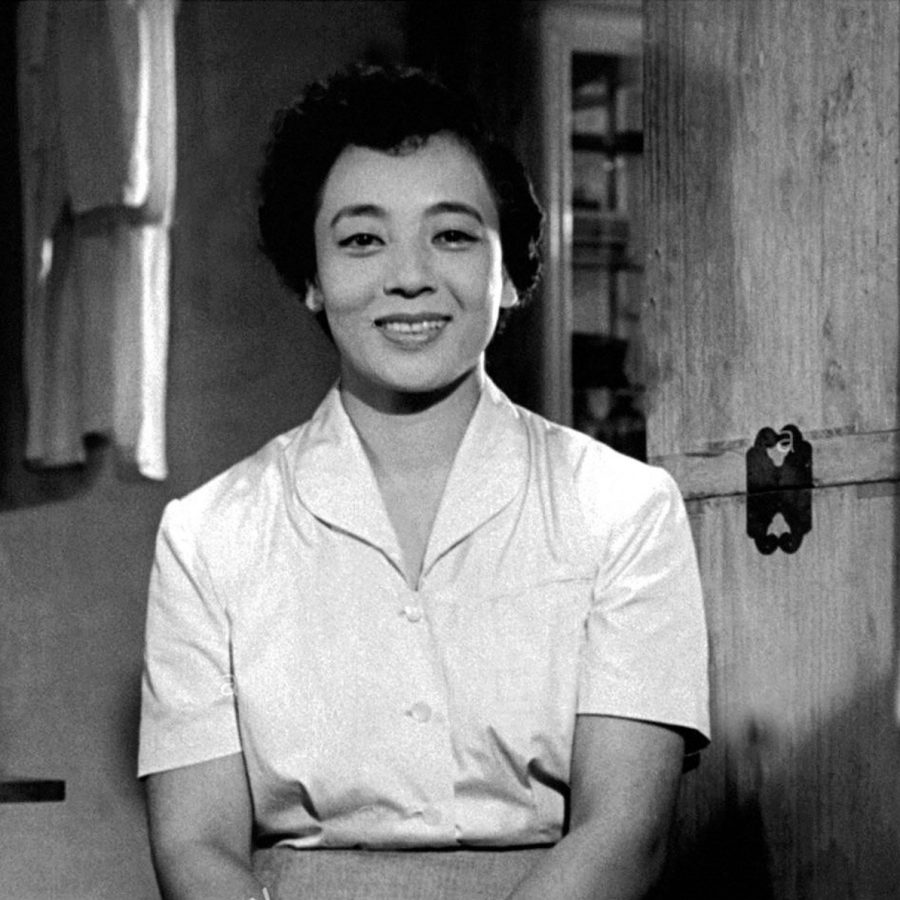
Credit: 1953 - Shôchiku Eiga
Onomichi, Japan
My favourite place for movie nostalgia is Onomichi, a charming city near Hiroshima. It’s where Yasujiro Ozu’s Tokyo Story (1953, above) took place, and the location of the former home of feminist writer Fumiko Hayashi, whose novels Floating Clouds and Horoki were adapted into masterpieces by Mikio Naruse. Visitors can call in to her old house, admire memorabilia over coffee at Fumiko Café and contemplate her works along the Path of Literature. But my main draw is to seek out the atmosphere of my favourite director Nobuhiko Obayashi, who shot 11 films in his hometown including the romantic fantasy Onomichi Trilogy. His films capture the energy of youth as schoolgirls run up the famous sakamichi (slopes), passing through ancient buildings with spectacular views such as the Senkoji temple.

Credit: Courtesy image/Your Name
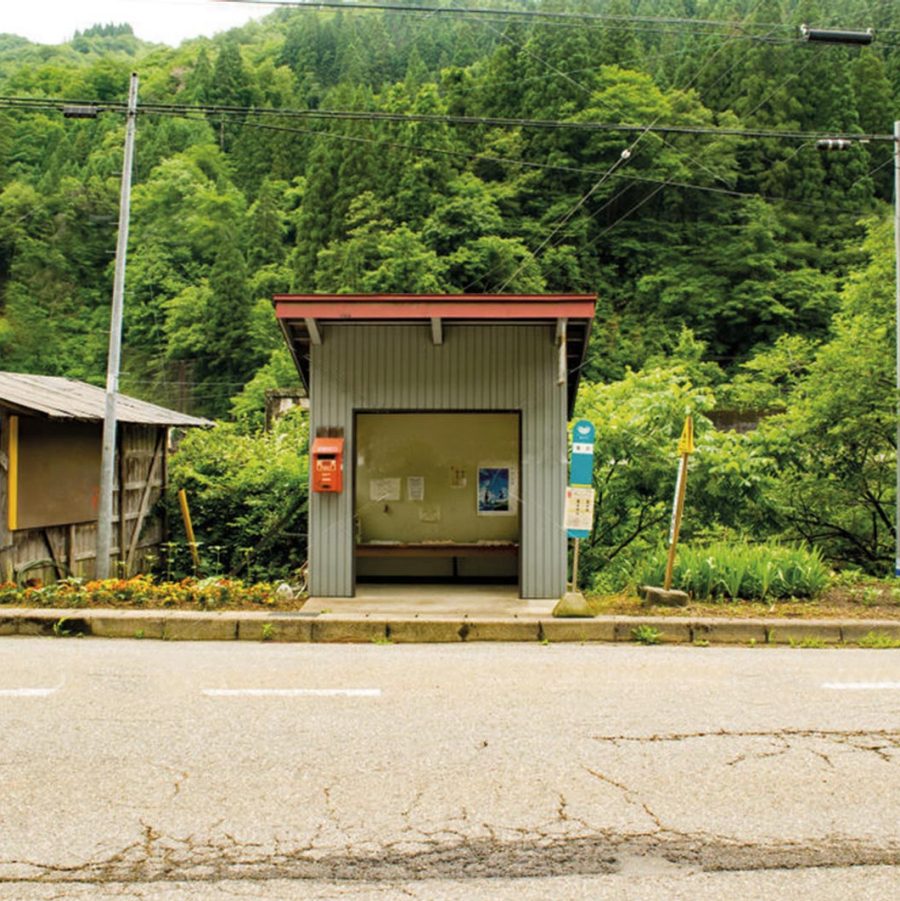
Credit: sou/PIXTA
Hida City, Japan
For fans of Makoto Shinkai’s 2016 time-slip teen romance Your Name – the highest grossing anime in history – a visit to Hida City in Japan’s Gifu prefecture is obligatory. The itinerary includes standing on the platform of Hida-Furukawa Station, sitting at the Miyagawa Ochiai bus stop and tasting a gohei mochi rice cake. The highlights of this pilgrimage, however, are ancient temples where heroine Mitsuha serves as a miko, or shrine maiden: particularly Keta Wakamiya and Hie Jinja shrines. Watching Your Name also brings back fond memories of ordering miso katsudon pork rice bento, cycling through the old town, eating Hida beef slowly grilled over a stone stove, and shopping for exquisite shunkei lacquerware.
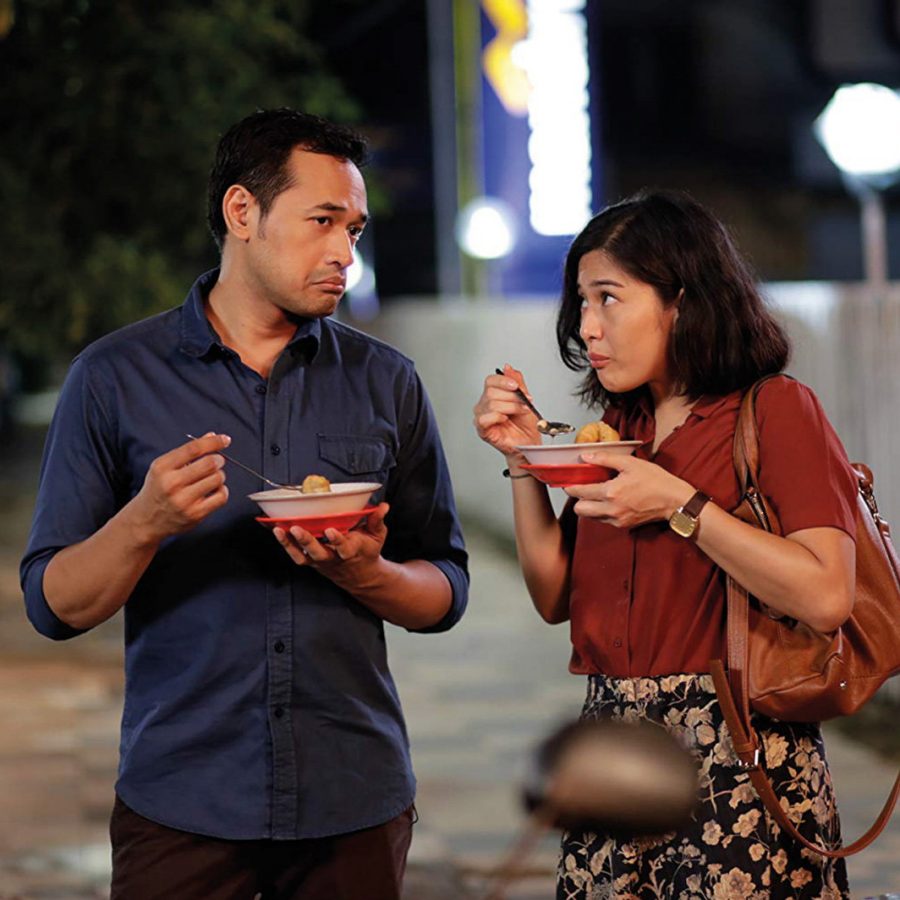
Courtesy Image/Aruna & Her Palate
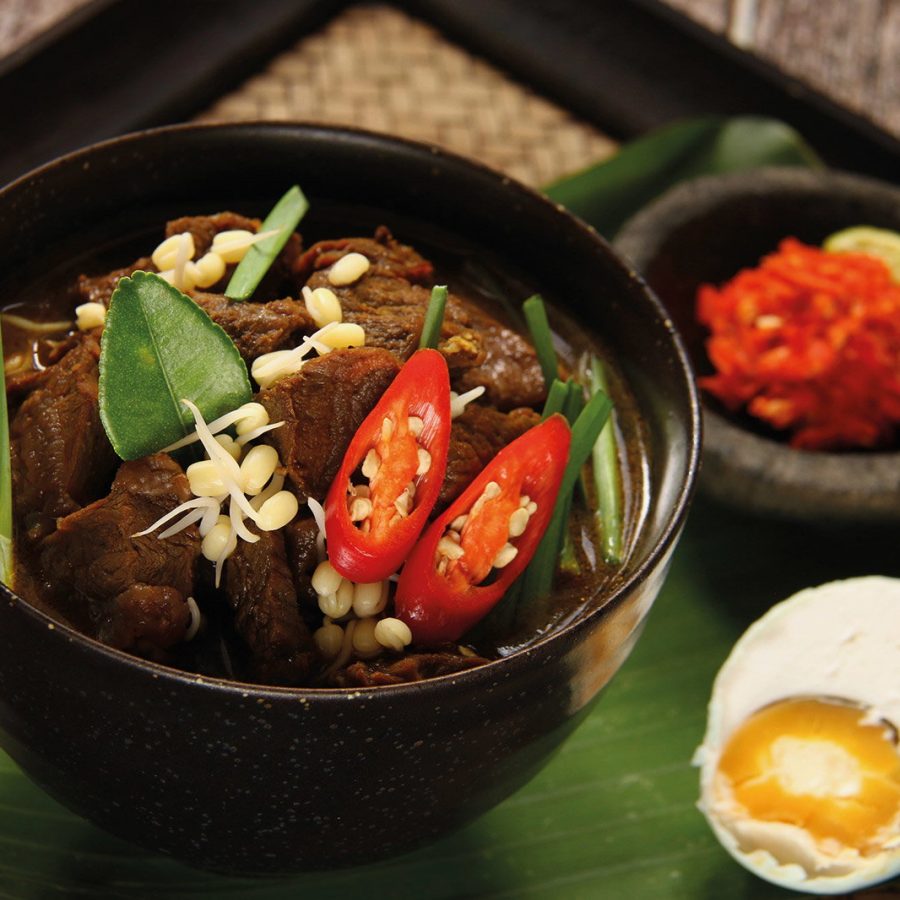
Credit: Ariyani Tedjo/Shutterstock
Pontianak, Indonesia
Indonesian road movie Aruna & Her Palate (2018), directed by Edwin, follows the foodie protagonist on a culinary tour with a chef, her best friend and an old flame, through five off-the-beaten-track cities. They banter and fall in love while sampling heavenly street food such as Surabaya’s rawon (rich beef soup) and campor lorjuk (spicy clam rice noodles) from Pamekasan. I particularly want to visit Pontianak in West Kalimantan: the city’s diverse population of Chinese, Malay, Dayak and Javanese peoples makes it a rich culinary hub, especially for Tionghoa (Indonesian Chinese) fusion dishes such as chai pao (vegetable dumplings) and loaded crab noodles.
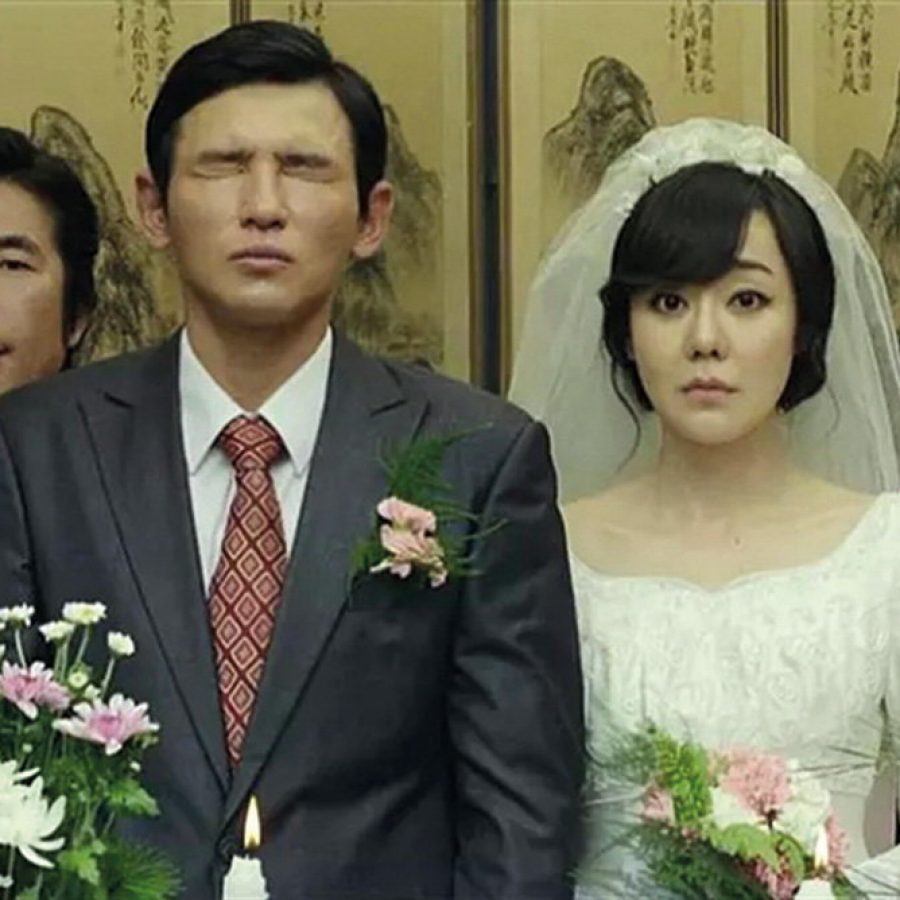
Coutesy Image/Ode to My Father
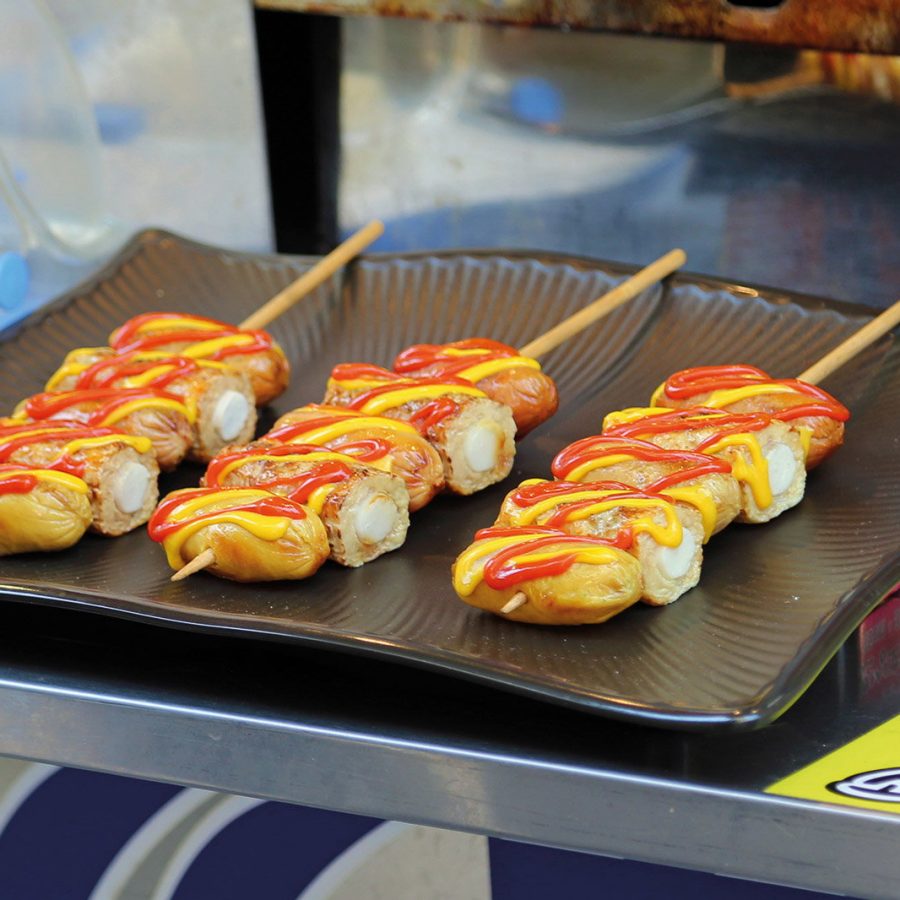
Credit: Elizabeth Beard/Getty Images
Busan, South Korea
Busan is home to Asia’s biggest film festival, housed inside the Busan Cinema Centre, where watching a film on its enormous outdoor screen is like being on a high-tech alien ship. Busan’s coastline has proved extremely conducive to choreographing big action set pieces. The first Korean disaster blockbuster Tidal Wave (2009) turned majestic Haeundae beach into a frightening ground zero for an imaginary tsunami that wipes out notable landmarks like the Haeundae Grand Hotel. Ode to My Father (2014) has also sparked sightseeing tours to the sprawling Gukje market. Located in Nampodong, Busan’s old quarter, you can buy or eat anything there, including live octopus.
Hero image: Shutterstock
More inspiration
- China – the Chinese Mainland, Hong Kong SAR, Macao SAR and Taiwan Region
- Hong Kong SAR - English
- Chinese Mainland (China) - English
- Taiwan, China - English
- 香港特別行政區 - 繁體中文
- 中国內地 - 简体中文
- 中國台灣 - 繁體中文
- Africa
- South Africa - English
- Asia
- Bangladesh - English
- Korea - English
- Singapore - English
- Cambodia - English
- 한국 - 한국어
- Sri Lanka - English
- India - English
- Malaysia - English
- Thailand - English
- Indonesia - English
- Maldives - English
- ประเทศไทย - ภาษาไทย
- Indonesia - Bahasa Indonesia
- Myanmar - English
- Vietnam - English
- Japan - English
- Nepal - English
- Việt Nam - tiếng Việt
- 日本 - 日本語
- Philippines - English
- Australasia
- Australia - English
- New Zealand - English
